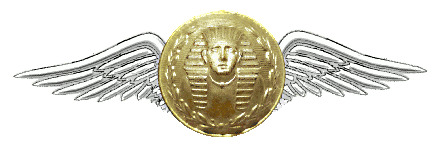Watch, and read the transcript below:
Transcript:
In this tutorial, we will explore the foremost common classifications of fire extinguishers.
The first, and most common type of extinguisher is used for a Class A fire. These are fires fueled by ordinary combustible materials such as paper, wood, carbon, most plastics. The Class A fire extinguisher uses the water to smother the fire.
Class B fires are fueled by flammable liquids such as gasoline, kerosene, grease, and oil. Remember this classification extinguisher – think « B » for Boil, or oil. Class B extinguishers typically use liquid foam agent to smother the fire. You never want to use water on a Class B fire, as the water can cause the flammable liquids to spread like we accidentally drip water on a frying pan, and the grease pops, and in boiling liquid into the air.
Class C fires are fueled by electrical current traveling to wires, circuits, and outlets. Class C extinguishers most commonly use a dry chemical powder to smother the fire. In more sensitive environments such as a recording studio, a Class C extinguisher may use a halon gas that does not leave a residue. These are often referred to as clean agents. You would also never want to use water on a Class C fire for obvious reasons.
Most household extinguishers are a combination of Class A, B, and C ratings. These extinguishers can be used on ordinary combustible fires, liquid fires, and electrical fires.
The last of the four common classifications of fire is the Class D fire. The Class D fires fueled by combustible metals such as magnesium, potassium, and sodium. Class D fire extinguishers are used exclusively for Class D fires, and use materials such as sand, and dry chemical powders to smother the fire.
Special thanks to RVTCDEN who shared this video on Youtube.
And… Thank you Vince for your help! 😉
…



